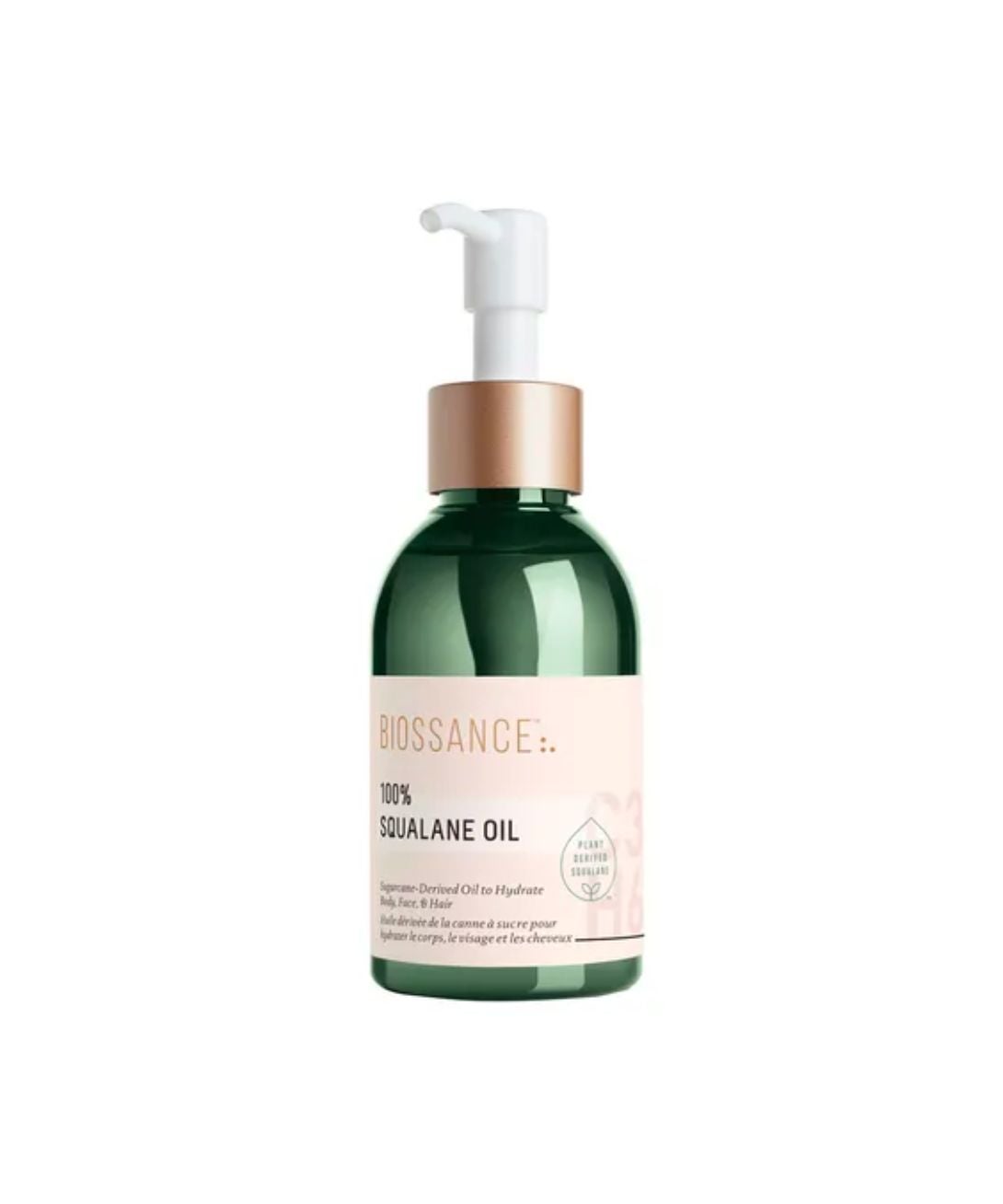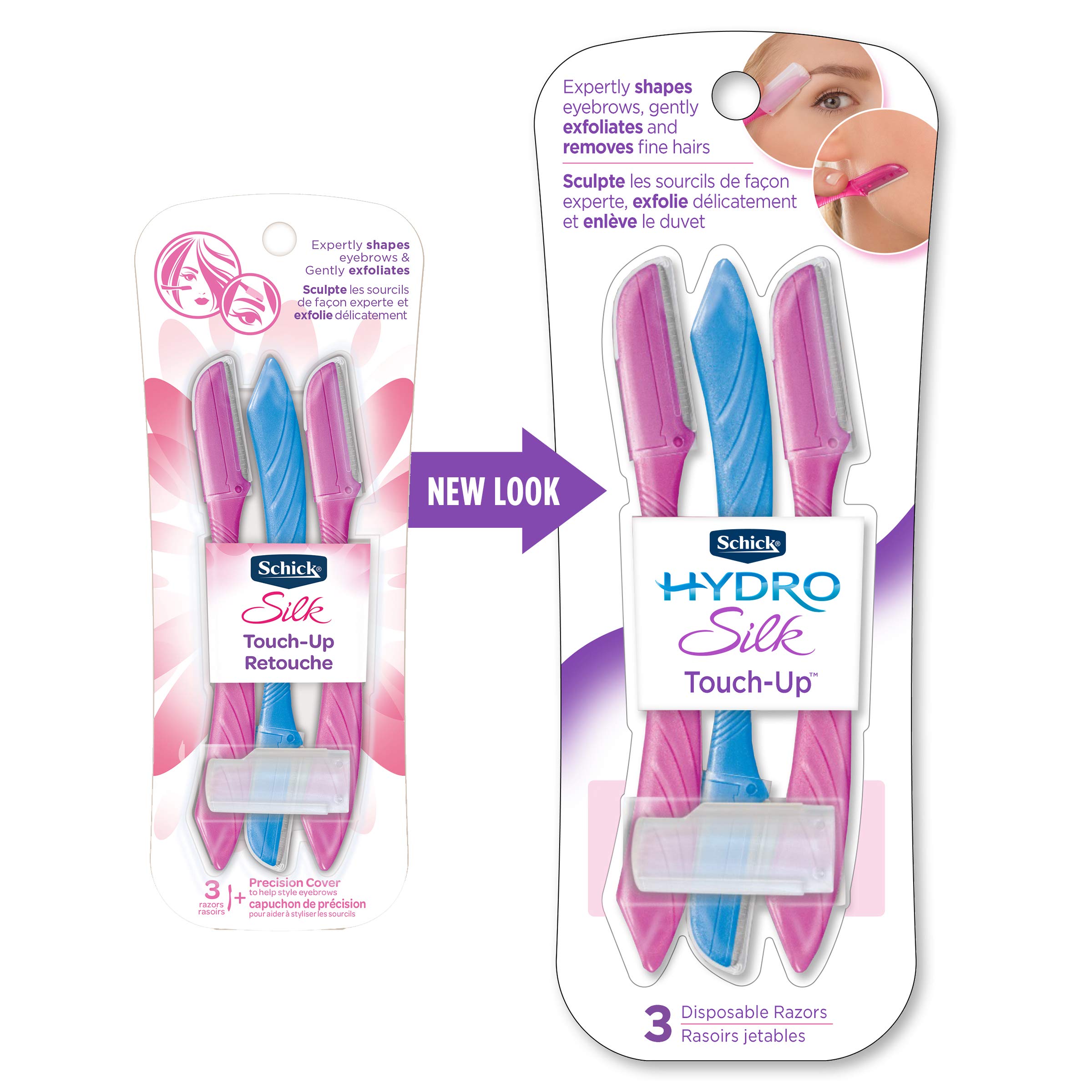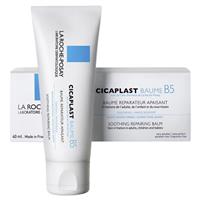Dermaplaning or Oilplaning? Here’s How TikTok Suggests Shaving Your Face
Photographed by Myesha Evon Gardner.
At Refinery29 Australia, we’re here to help you navigate this overwhelming world of stuff. All of our picks are independently selected and curated by the editorial team, but we may earn commission or other compensation from the links on this page.
I remember the first time somebody encouraged me to shave my face. "The hair is not going to grow back thicker — like, think about it," she myth-busted (because that's what my mum told me and I, to that point, still believed it).
As it stands today, I own a pink plastic scalpel that's designed for dermaplaning — which I now understand to be a perfectly safe way to remove the hairs on my upper lip and in between my eyebrows — but I'm still a little fuzzy (pun intended) on the proper technique. Do I use an oil first? Someone on TikTok said I should because the blade has "more slip" that way — but do I want to be shaving my face with a slippery razor? Maybe not. Then, what do I put on my skin afterwards? If I do it wrong, I'll probably break out.
AdvertisementADVERTISEMENT
I spoke to a few dermatologists about the dos and don'ts of dermaplaning and the recently rebranded 'oilplaning' so you can go forth and shave your face with confidence (something I lacked in this area for a very long time) this year.
The Benefits Of Dermaplaning
Facial shaving — the kind you see on TikTok — is less focused on removing dark hair, and more about treating the texture of peach fuzz to create a smooth canvas for makeup. "Dermaplaning refers to a specific type of physical exfoliation that removes build up of dead skin cells as well as peach fuzz, medically known as the vellus hairs," explains dermatologist Dr. Marisa Garshick, MD, FAAD. "In the era of filters, people are trying to get their skin to look and feel as smooth as possible. By eliminating the peach fuzz and dead skin cells, people find their creams and makeup sit on the skin better."
@monetmcmichael nothing like a CLEANNN canvas omg i can’t wait to do my makeup tomorrow - let’s shave this face !!
♬ original sound - monet mcmichael 🤍
If You Have Dry or Sensitive Skin, Try Oilplaning
According to TikTok, 'oilplaning' (applying face oil to your skin before shaving it) is the new wave of dermaplaning. While this seems like a safety hazard, dermatologists say it's actually better for your skin — especially if your skin is dry. "By first applying an emollient-rich facial oil, you add a layer of protection to the skin barrier and increase the glide of your blade — comparable to using a shaving cream," explains dermatologist Dr. Hadley King, MD, FAAD. "This helps reduce the risk of irritation and nicks, and is particularly helpful for those with dry or sensitive skin."
AdvertisementADVERTISEMENT
So, what kind of oil? According to Dr. Garshick, you want something gentle and non-comedogenic (specifically formulated so that it does not block or clog pores). She recommends Biossance 100% Squalane Oil, $51. Dr. King recommends Charlotte Tilbury Collagen Superfusion Face Oil, $100, with botanical oils and antioxidant and anti-inflammatory properties as well.
If you're acne prone or generally don't tolerate oils on your skin, you'll want to stick to traditional dermaplaning on dry skin. "In general, oilplaning can be done on all skin types, however, it is important to avoid if you are experiencing an active flare of acne or rosacea," says Dr. Garshick, as it may cause additional breakouts or potential irritation.
Get The Right Razor for Dermaplaning
Where razors are concerned, you want to make sure you're using a blade designed for dermaplaning. "There are certain razors that are specifically designed to help remove the fine hairs on the face without creating too much injury to the surrounding skin," says Dr. Garshick. "A good option for someone with sensitive skin is the Schick Silk Touch Up, $10, which uses high-quality blades along with fine microguards to help protect the skin." Dr. King recommends either the Hollywood Browzer, $19.95, or the Hollywood Smoother, $99.95.
AdvertisementADVERTISEMENT
How To Shave Your Face
If you've seen one dermaplaning tutorial, you've seen them all, but the basics are as follows: wash your face so your skin is clean and prepped, then apply a thin layer of face oil. Using your dermaplaning razor, use short, light strokes while holding the skin taut. Keep a cotton round handy to clean the blade while you go.
Dermatologist advice: Be conservative. "Do not go over any area more than once and don't use [the blade] on the eyelids or lips, or areas where you don't want to lose hair, like the eyebrows and hairline," Dr. King says. Remember, you're holding a blade, so if you have acne or redness, don't shave over it. "Avoid crevices such as near the nose," Dr. Garshick adds, "approaching at the wrong angle could cause injury to the skin."
After dermaplaning, be extra gentle on the skin. Wash your face again with a gentle cleanser then apply a reparative moisturiser. Refinery29 Australia rates the La Roche-Posay Cicaplast Baume B5 Balm, $17. "It works to hydrate the skin while helping to support the skin’s natural ability to repair and regenerate, while calming redness and inflammation," Dr. Garshick explains.
"It's best to avoid the use of any other exfoliating treatments, including physical scrubs or retinoids after dermaplaning — similarly, avoid sun exposure and be sure to wear SPF," says Dr. Garshick. "In the first few days, it's best to stick with a gentle skin-care routine," she says, "and then transition back to your normal skin-care routine, knowing that dermaplaning may help other products penetrate better."
Want more? Get Refinery29 Australia’s best stories delivered to your inbox each week. Sign up here!
AdvertisementADVERTISEMENT









